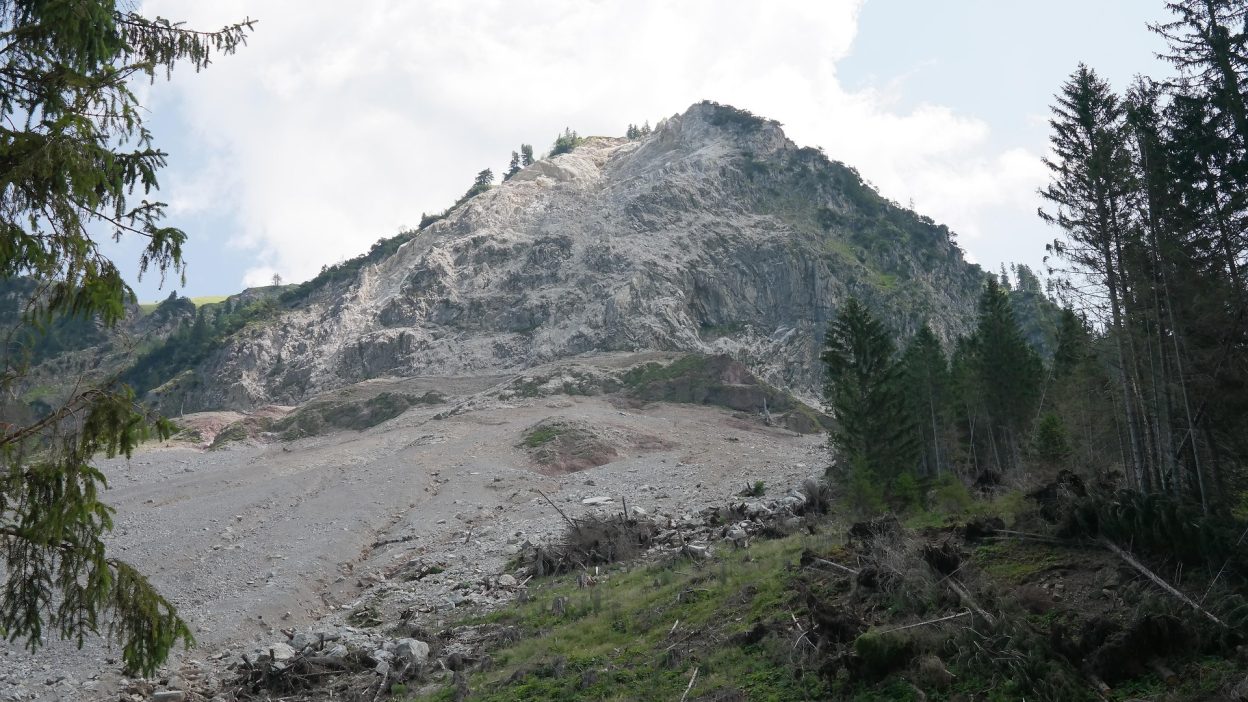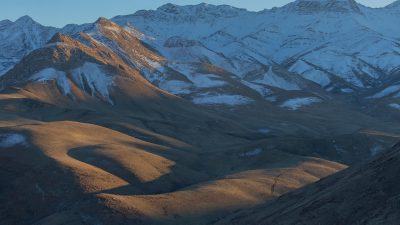China’s Forgotten Disaster That Buried Thousands Alive
Natural disasters have shaped the course of human history, sometimes wiping out entire civilisations and drastically altering landscapes. Among these events, the Western Hubei Landslide of 1310 remains one of the most devastating but lesser-known tragedies. This catastrophic event struck the mountainous region of Hubei, China, burying entire communities under an avalanche of earth and rock. The loss of life, destruction of land, and economic repercussions were monumental.
Despite its massive impact, this disaster has faded from popular historical narratives. However, understanding what happened in 1310 is crucial to assessing the region’s ongoing vulnerability to landslides. By revisiting this forgotten event, we can uncover vital lessons about geological hazards, environmental responsibility, and the need for improved disaster management.
The Build-Up to Disaster: Why Was Hubei at Risk?
The province of Hubei is characterised by its mountainous terrain, heavy rainfall, and complex geological structures—all factors that contribute to landslides. In 1310, China was going through environmental shifts, which likely exacerbated the risk of such disasters.
- Monsoon Rains and Weather Conditions
The Hubei region receives substantial rainfall during the monsoon season. Excessive downpours can over-saturate the soil, weakening its stability and making it prone to collapse. Before the 1310 landslide, weeks of relentless rain may have gradually destabilised the land. - Geological Weaknesses in the Terrain
Hubei’s steep slopes and loose sedimentary rock formations create a fragile landscape. These formations erode easily when exposed to extreme weather, increasing the risk of landslides. The region’s tectonic activity may have also played a role, causing gradual shifts in the earth’s structure. - Deforestation and Human Impact
Though modern environmental degradation is a major concern, human activities in the medieval period also influenced geological hazards. At the time, deforestation for farming and settlements may have stripped the land of vegetation that naturally stabilised slopes. The lack of deep-rooted plants weakened the soil’s resistance, creating conditions ripe for disaster.
Could the Western Hubei Landslide Have Been Prevented?
With modern technology, landslides can often be predicted and mitigated. However, in 1310, communities lacked the tools and scientific knowledge to understand the warning signs. Nonetheless, some indications of the impending catastrophe might have been observable.
- Minor Tremors Before the Landslide
Historical reports indicate that small ground tremors were felt in the days leading up to the disaster. In modern times, scientists recognise such tremors as early indicators of potential landslides, as shifting land masses often create underground pressure changes. - Unusual Ground Movements
Some accounts suggest that villagers noticed cracks forming in the earth before the major landslide. These fissures may have been a sign of increasing instability in the soil, warning of the impending collapse. - Erratic Animal Behaviour
In many cases, animals sense geological changes before humans do. Some theories suggest that livestock in Western Hubei acted unusually before the disaster, perhaps detecting underground movements or shifts in air pressure.
Death, Destruction, and Devastation: The Immediate Impact of the 1310 Landslide
- Massive Loss of Life
Exact numbers remain unknown due to the lack of detailed records, but estimates suggest thousands perished in the landslide. Entire families were buried alive as their homes were swallowed by earth and rock. - Severe Injuries and Displacement
Many survivors suffered severe broken bones, head trauma, and crush injuries. The destruction of homes and infrastructure left thousands homeless, forcing them to seek refuge in nearby areas. - Economic Collapse and Disrupted Trade
The landslide blocked key trade routes, halting economic activity in the region. As a vital trading area, Hubei’s economy was significantly affected, leading to widespread hardship. - Destruction of Agricultural Land
Croplands were buried beneath tonnes of rock and debris, leading to food shortages. The local economy, which depended heavily on agriculture and trade, suffered long-term consequences. - Lack of Government Response
Unlike modern disaster relief efforts, the authorities of the time struggled to provide aid due to poor communication and transportation. Many affected communities were left to fend for themselves, further worsening their suffering.
The Geological Explanation: What Caused the Landslide?
Landslides occur due to a combination of natural and external factors. In the case of the 1310 Western Hubei landslide, the primary triggers were:
- Intense and Prolonged Rainfall
Heavy monsoon rains saturated the soil, weakening its ability to hold together. Once the ground reached its limit, it gave way, triggering a massive collapse. - Seismic Activity
Even a minor earthquake can destabilise slopes, increasing the risk of a landslide. Historical data suggests that minor tremors may have occurred before the 1310 event, further weakening the terrain. - Unstable Mountain Slopes
The steep terrain of Hubei made the region especially prone to large-scale landslides. Over time, natural erosion had already weakened the mountains, making them highly vulnerable.
Could Hubei Face Another Landslide of This Scale?
Hubei remains geologically vulnerable, meaning that another large-scale landslide is still a possibility. Several factors contribute to ongoing risks:
- Climate Change and Increased Rainfall
Global warming has intensified extreme weather events, leading to more frequent and heavier rainfall in regions like Hubei. This increases the likelihood of landslides. - Continued Deforestation and Urbanisation
Despite advances in environmental protection, deforestation and urban expansion continue to destabilise slopes, making future disasters more likely. - Lack of Disaster Preparedness
While modern technology allows for early warning systems, not all regions have the necessary resources to implement protective measures. Poorly planned settlements in landslide-prone areas remain at high risk.
Lessons from the Past: How to Prevent Future Landslides
- Developing Advanced Early Warning Systems
Modern technology allows for the use of satellites, sensors, and AI-driven prediction models to detect landslide risks. - Promoting Sustainable Land Management
Preventing deforestation and ensuring proper soil conservation can reduce the likelihood of landslides. - Educating Local Communities
Raising public awareness about landslide risks and evacuation procedures can save lives in future disasters. - Stronger Infrastructure Planning
Governments must enforce strict building regulations to prevent settlements in high-risk areas.
Conclusion: Remembering the 1310 Hubei Landslide
Although centuries have passed, the tragedy of 1310 remains an important lesson in disaster preparedness. By studying past events, we can develop better strategies to protect lives and prevent future disasters.
Short FAQs
1: How many people died in the 1310 Hubei landslide?
A: Exact figures remain unknown, but estimates suggest thousands perished.
2: What triggered the landslide?
A: Heavy rainfall, unstable terrain, and possible seismic activity contributed to the collapse.
3: Could a similar landslide happen again?
A: Yes, Hubei remains geologically vulnerable, and climate change increases the risk.
4: Were there warning signs before the disaster?
A: Reports mention ground tremors, cracks in the earth, and unusual animal behaviour.
5: Why is this landslide not widely documented?
A: Limited historical records and other major disasters overshadowed it.
References:
“1310 Western Hubei Landslide – Disasters with highest death tolls”
“Landslide Disasters and Human Responses in China”
“Disasters with highest death tolls – 1310 Western Hubei Landslide”




